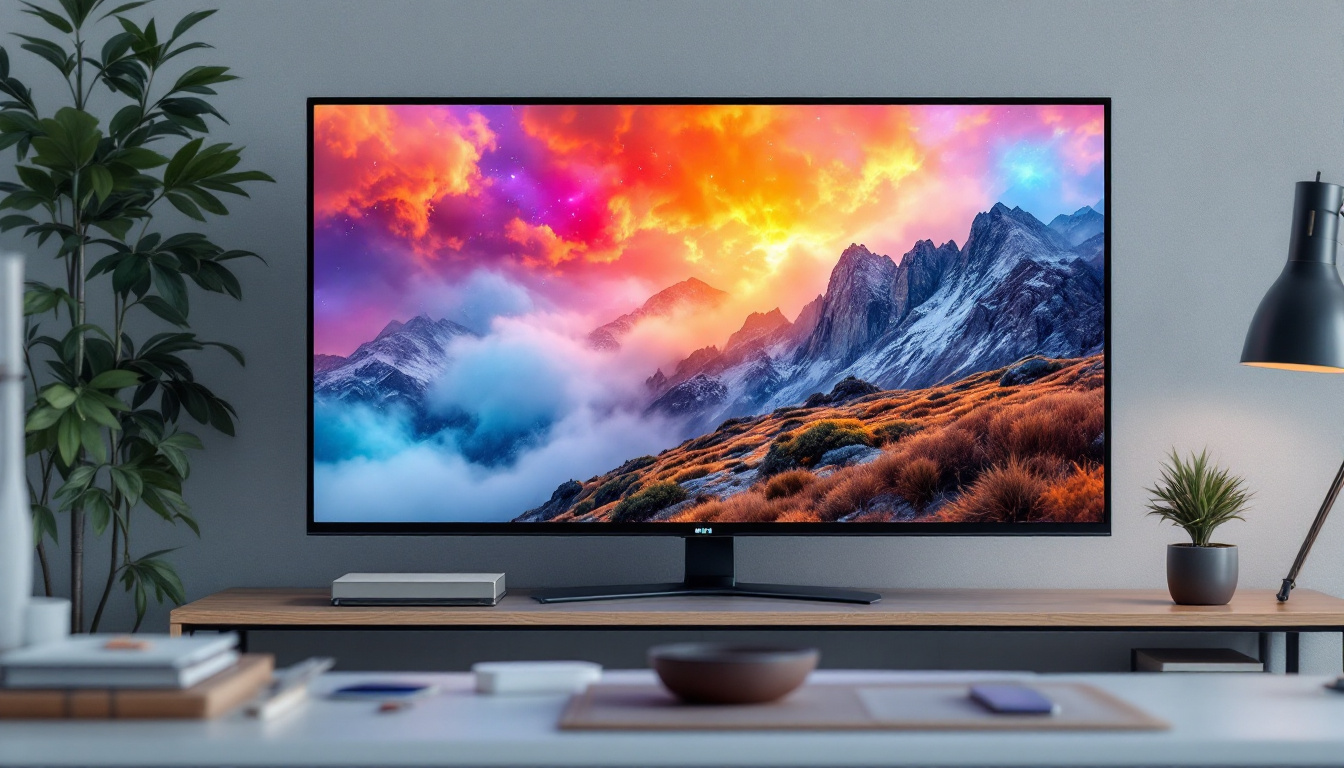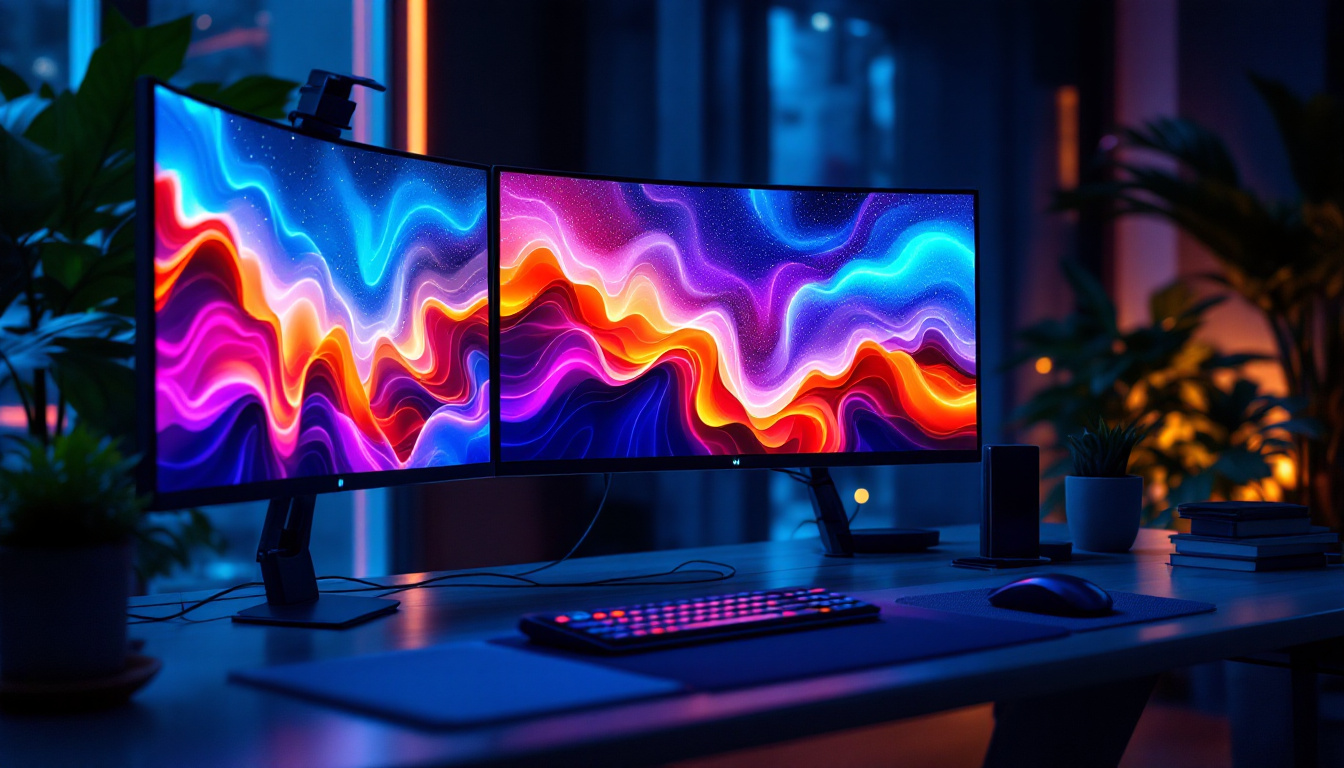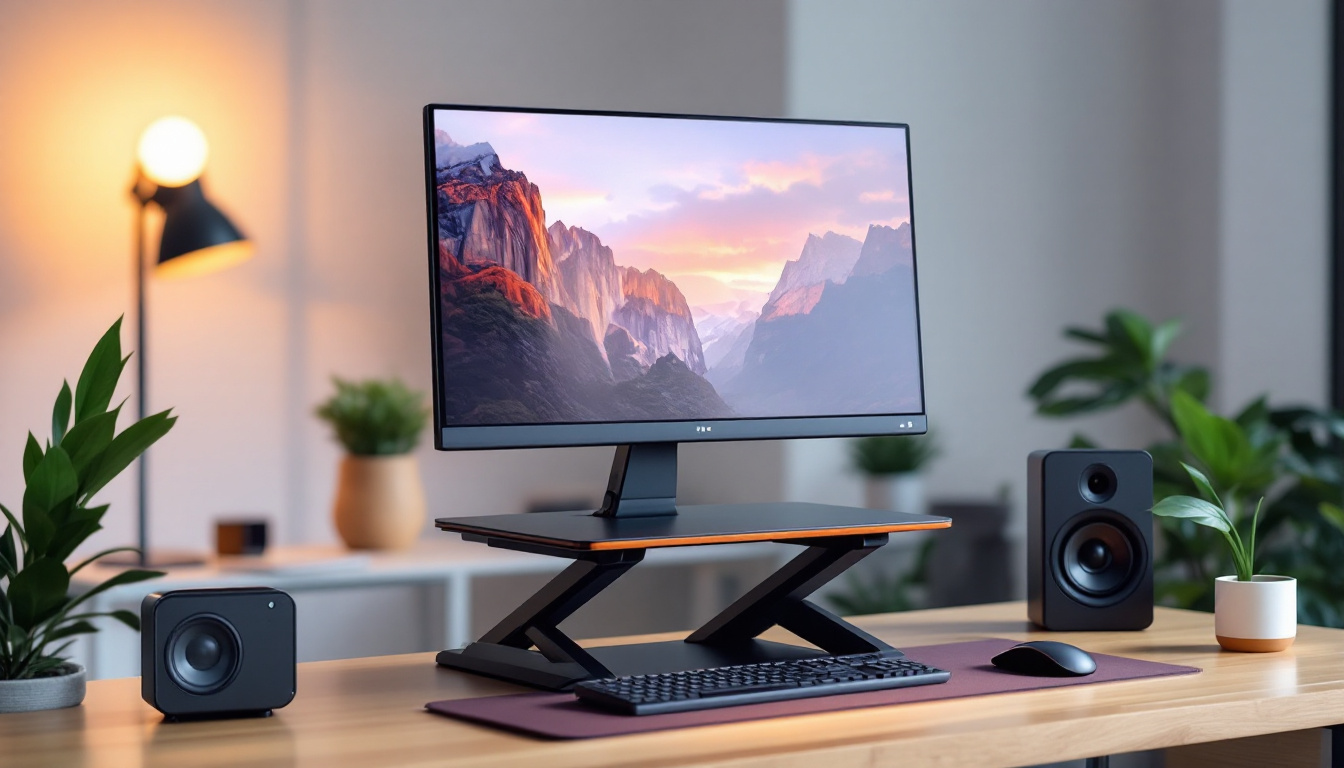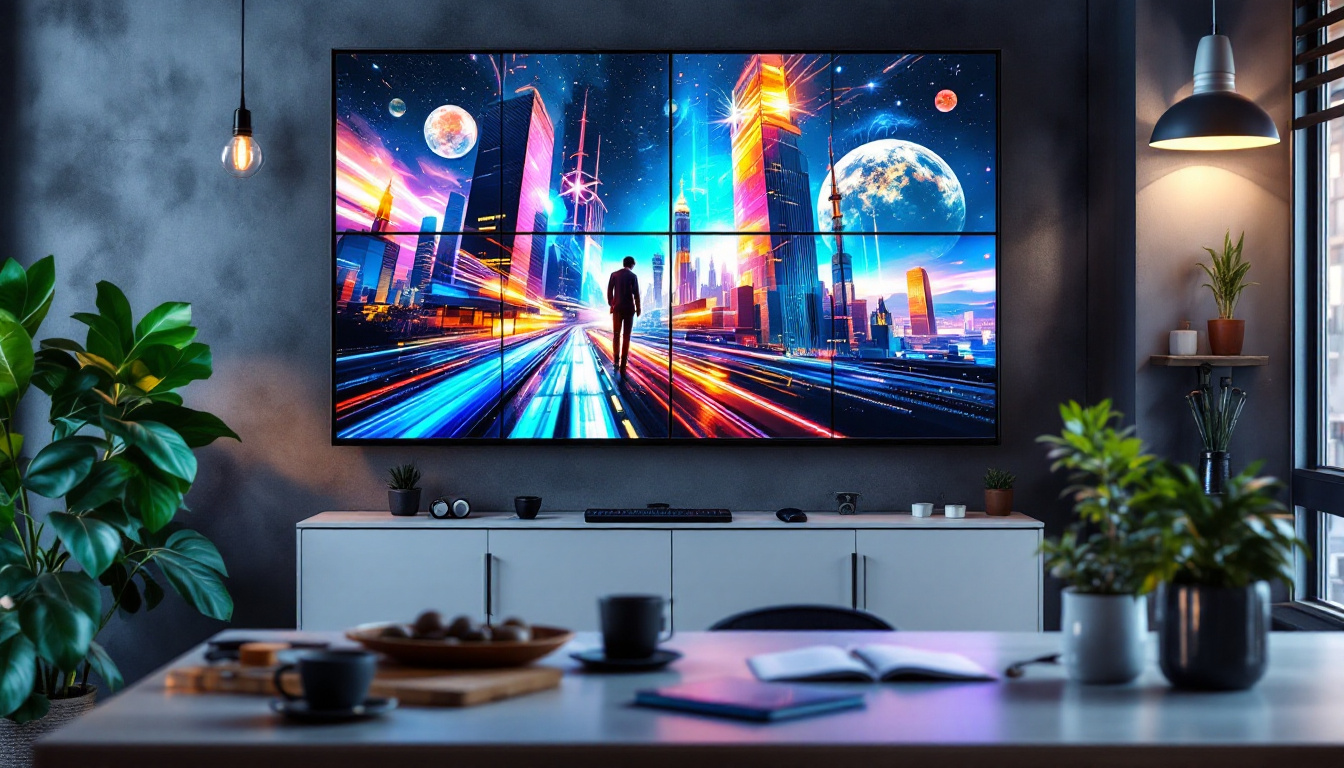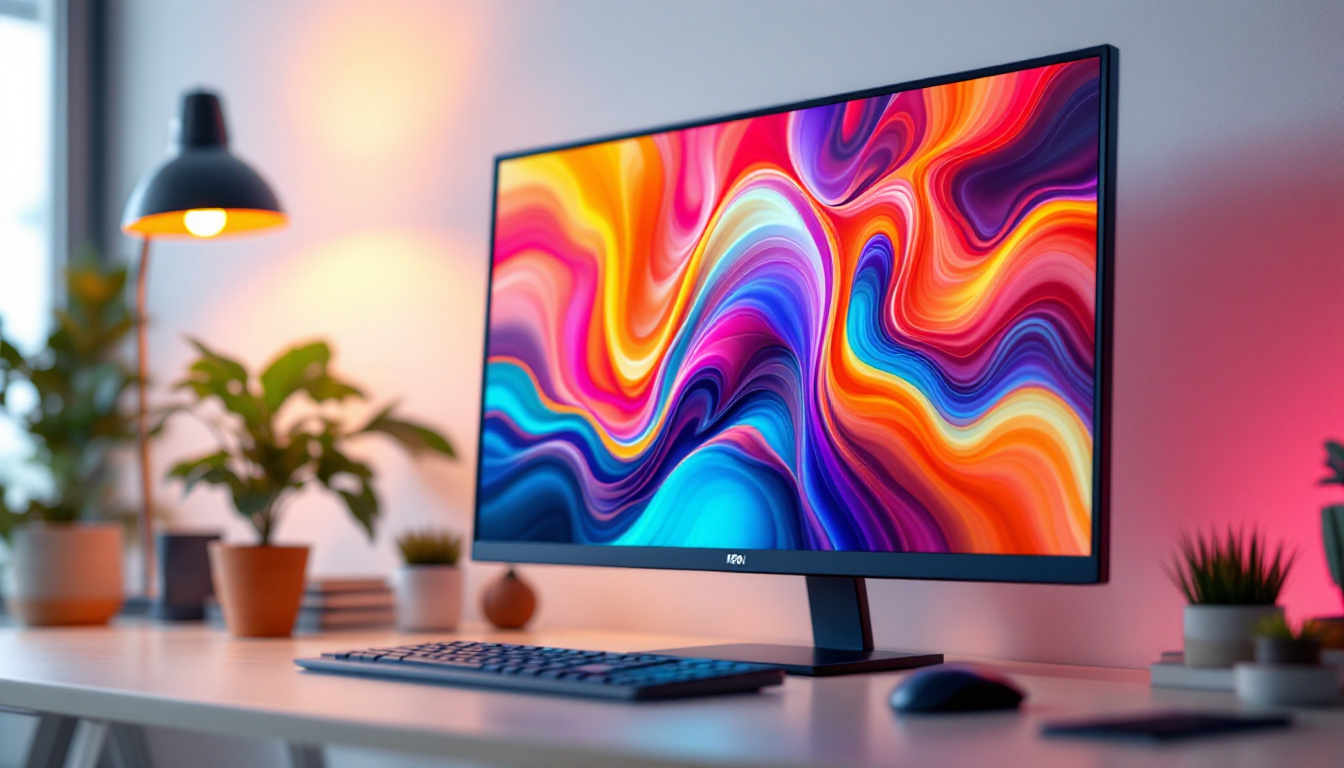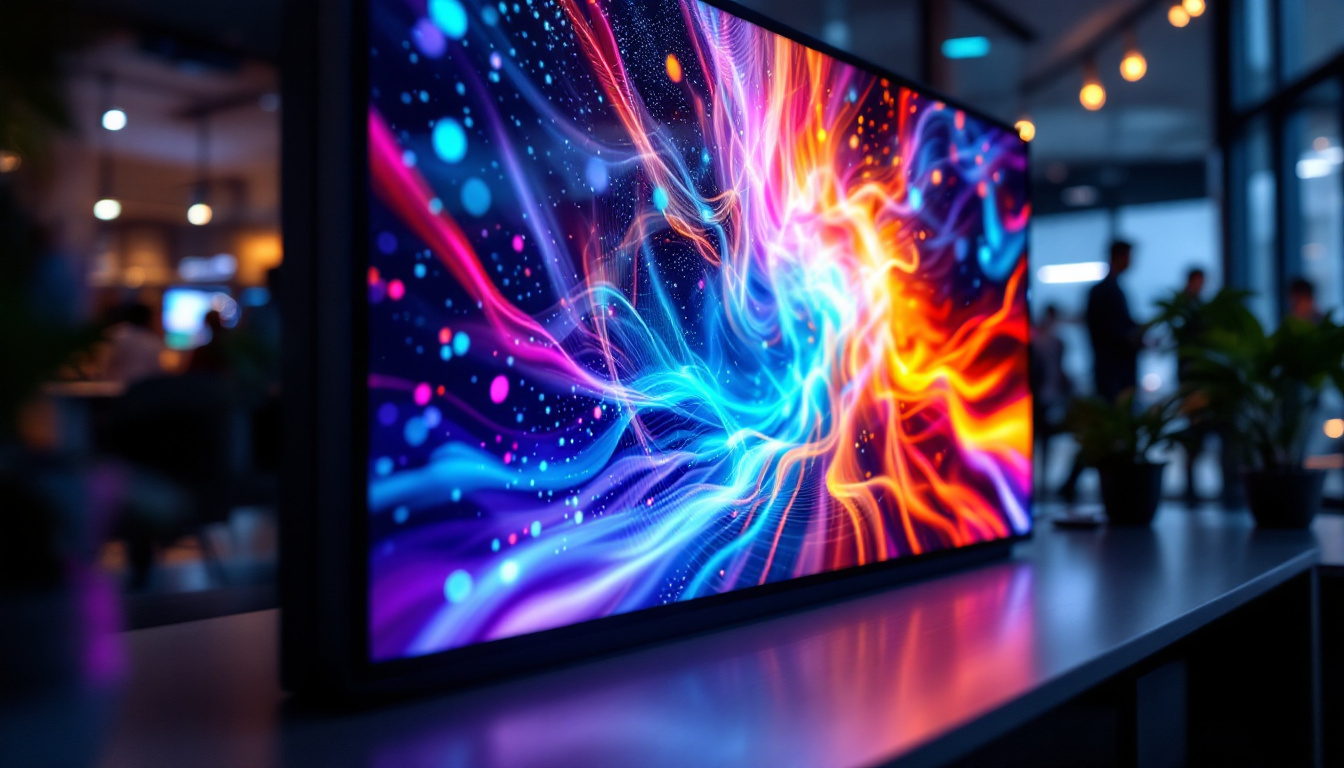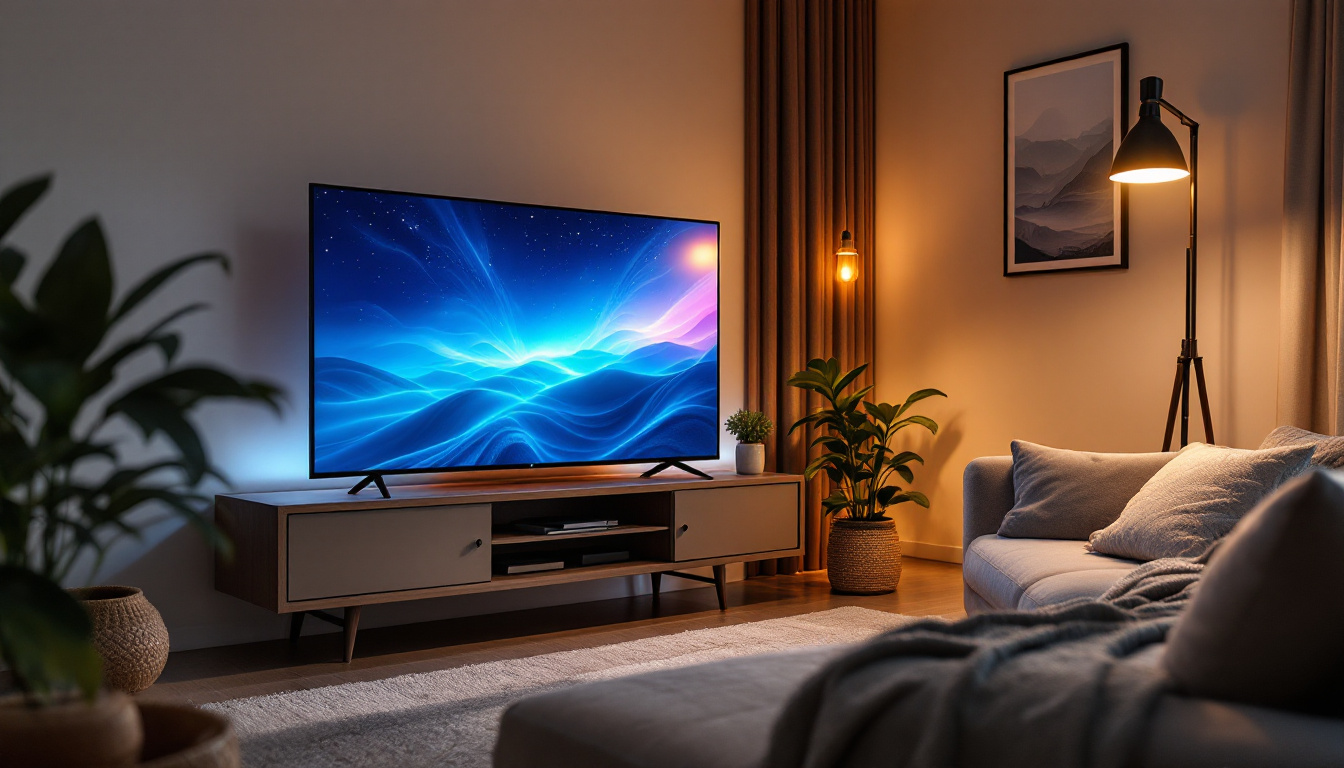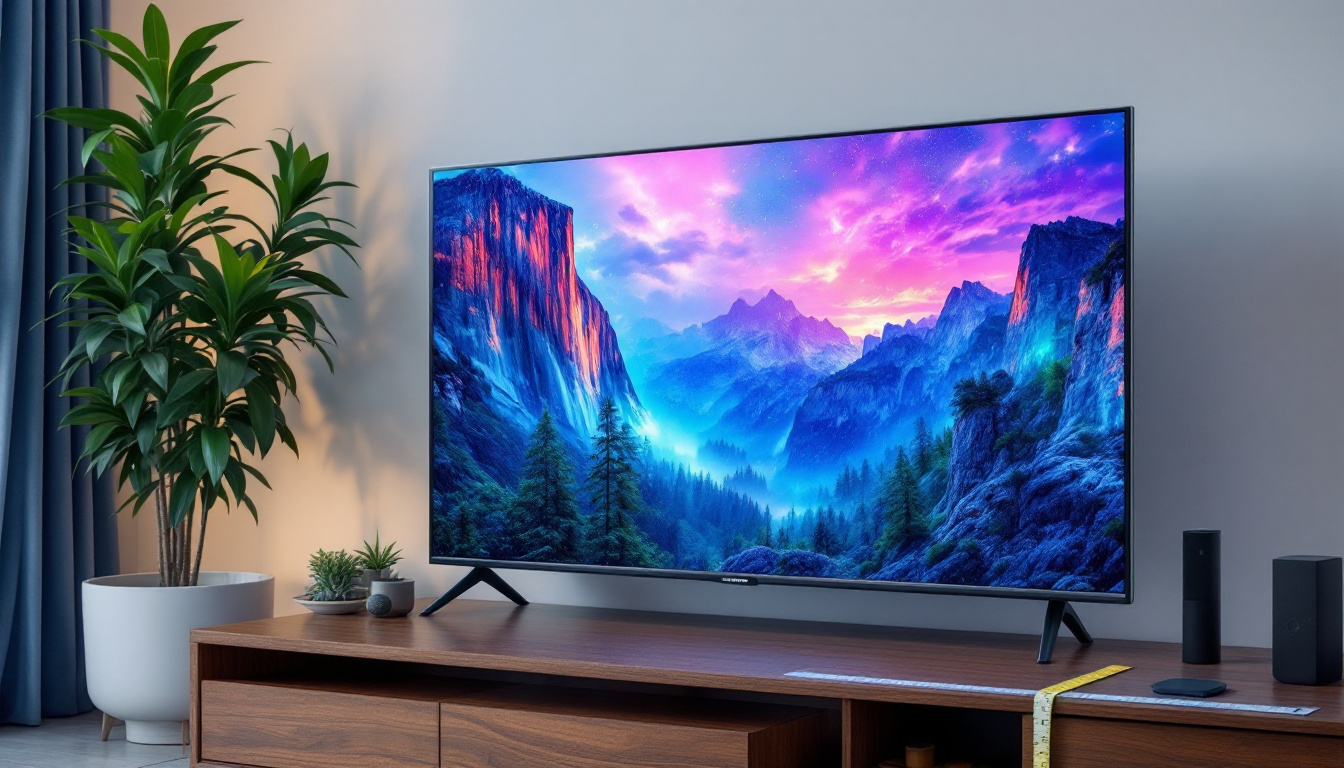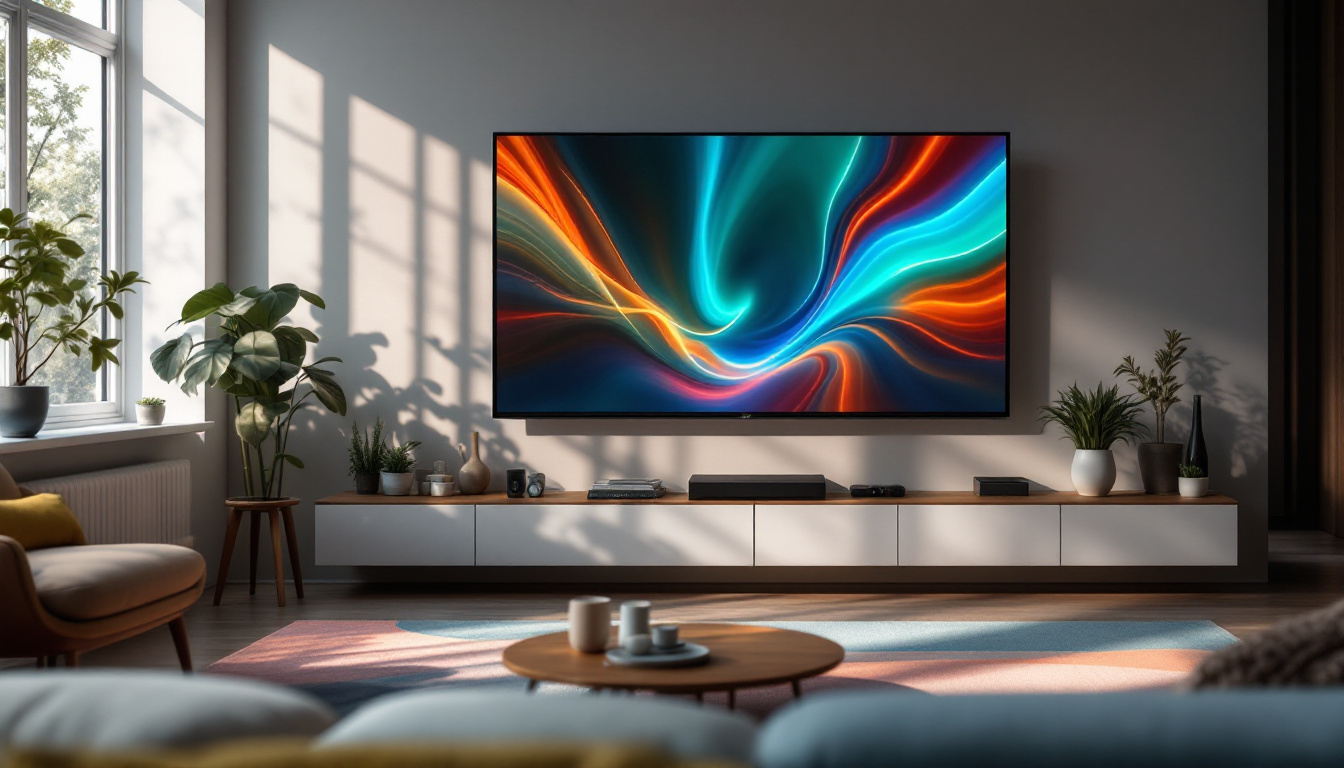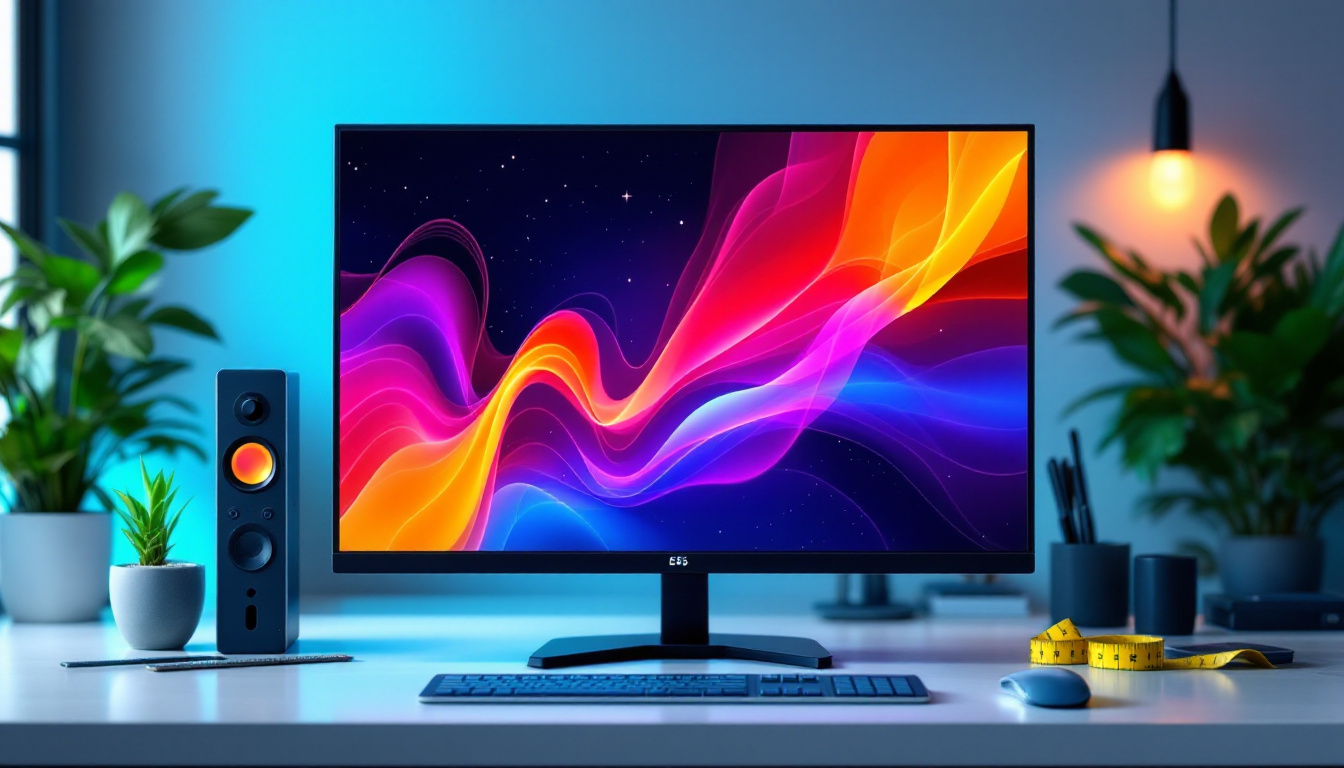In recent years, the demand for touch screen technology has surged, becoming a staple in various devices, from smartphones to tablets and even larger displays. One of the most popular types of touch screens is the LED display, which combines vibrant visuals with interactive capabilities. This article delves into the intricacies of inexpensive touch screens, particularly focusing on LED technology, its benefits, and its applications.
Understanding LED Displays
LED, or Light Emitting Diode, displays have revolutionized the way visual content is presented. Unlike traditional LCD screens, which rely on backlighting, LED displays utilize individual diodes that emit light. This technology results in brighter images, better contrast, and more energy efficiency.
How LED Displays Work
At the core of an LED display are thousands of tiny diodes that emit light when an electric current passes through them. These diodes can be arranged in various configurations, such as RGB (red, green, blue) to produce a full spectrum of colors. The combination of these colors allows for the creation of vibrant images and videos, making LED displays ideal for a wide range of applications.
In terms of touch screen functionality, LED displays can be paired with various touch technologies, such as capacitive or resistive touch sensors. Capacitive touch screens detect touch through the electrical properties of the human body, while resistive screens respond to pressure. Both technologies have their advantages, depending on the intended use. For instance, capacitive touch screens are often favored for their responsiveness and multi-touch capabilities, making them suitable for interactive applications like smartphones and tablets, while resistive screens are typically more cost-effective and can be used with gloves or styluses, which is advantageous in industrial settings.
Benefits of LED Touch Screens
One of the primary advantages of LED touch screens is their superior image quality. The brightness and contrast ratios of LED displays are significantly better than those of traditional displays. This makes them perfect for environments with high ambient light, such as retail stores or outdoor kiosks. Furthermore, the ability to achieve deeper blacks and more vivid colors enhances the overall viewing experience, making LED displays a popular choice for digital signage and advertising.
Additionally, LED displays are generally more energy-efficient than their LCD counterparts. This efficiency not only reduces electricity costs but also contributes to a lower carbon footprint, making LED technology an environmentally friendly choice. Beyond energy savings, LED displays also boast a longer lifespan, often lasting tens of thousands of hours before any significant degradation occurs. This longevity not only reduces the need for frequent replacements but also minimizes waste, aligning with sustainable practices in technology. Moreover, advancements in LED technology have led to the development of flexible and transparent displays, opening up new possibilities for innovative design and integration into various environments, from smart homes to modern automotive applications.
Applications of Inexpensive Touch Screen LED Displays
Inexpensive touch screen LED displays have found their way into numerous industries, proving their versatility and effectiveness. From consumer electronics to commercial applications, the use of these displays is widespread.
Consumer Electronics
In the realm of consumer electronics, LED touch screens are commonly found in smartphones, tablets, and laptops. Their ability to deliver high-quality visuals while remaining responsive to touch has made them a preferred choice among manufacturers. As technology advances, the cost of producing these displays has decreased, allowing for more affordable devices without compromising quality. Furthermore, the integration of touch screen technology has enabled features such as multi-touch gestures, which enhance user interaction and provide a more immersive experience. This has led to the rise of applications that leverage these capabilities, such as gaming and augmented reality, further solidifying the role of touch screens in everyday technology.
Retail and Point of Sale Systems
Retailers have embraced LED touch screens for point-of-sale (POS) systems and interactive kiosks. These displays enhance the shopping experience by allowing customers to browse products, access information, and complete transactions seamlessly. The intuitive nature of touch screens reduces the learning curve for both employees and customers, leading to increased efficiency and satisfaction. Additionally, the ability to customize the interface on these displays allows retailers to tailor the shopping experience to their brand, incorporating promotional content and personalized recommendations. This not only drives sales but also fosters customer loyalty, as shoppers appreciate the convenience and engagement offered by interactive displays.
Education and Training
In educational settings, LED touch screens have transformed the way instructors teach and students learn. interactive whiteboards equipped with touch technology provide an engaging platform for presentations, group activities, and collaborative learning. The tactile nature of touch screens encourages participation and enhances retention, making lessons more effective. Beyond traditional classrooms, these displays are also being utilized in corporate training environments, where they facilitate interactive workshops and skill development sessions. The ability to share information dynamically and involve participants in real-time discussions creates a more interactive learning atmosphere, which is essential in today’s fast-paced educational landscape. Moreover, the integration of educational software with touch screen technology allows for personalized learning experiences, catering to diverse learning styles and needs.
Choosing the Right Touch Screen LED Display
With a plethora of options available in the market, selecting the right touch screen LED display can be a daunting task. Several factors should be considered to ensure the chosen display meets specific needs and requirements.
Screen Size and Resolution
The size of the display is one of the most critical factors to consider. Larger screens are ideal for presentations and public displays, while smaller screens may be suitable for personal devices or compact workspaces. Additionally, resolution plays a vital role in image clarity. Higher resolutions, such as Full HD or 4K, provide sharper images, making them more appealing for detailed content. Furthermore, the aspect ratio can also impact the viewing experience; for instance, a widescreen format is often preferred for videos and presentations, while a standard ratio may suffice for basic applications.
Touch Technology
As mentioned earlier, different touch technologies offer distinct advantages. Capacitive touch screens are generally more responsive and support multi-touch gestures, making them ideal for applications requiring intricate interactions. On the other hand, resistive touch screens are often more affordable and can be used with gloves or styluses, making them suitable for specific environments. It’s also worth noting that some advanced displays combine both technologies, allowing users to switch between modes based on their needs, which can enhance versatility in various applications.
Durability and Build Quality
Durability is another essential consideration, especially for displays used in high-traffic areas or outdoor settings. Look for screens with robust build quality, scratch-resistant surfaces, and weatherproof features if necessary. A well-built display will not only last longer but also maintain its performance over time. In addition to physical durability, consider the warranty and support options provided by manufacturers, as these can be crucial in ensuring long-term reliability and serviceability. Investing in a display with a solid warranty can provide peace of mind, knowing that any potential issues will be addressed promptly.
Connectivity Options
Another vital aspect to consider when choosing a touch screen LED display is the variety of connectivity options available. Modern displays often come equipped with multiple ports, including HDMI, USB, and VGA, allowing for seamless integration with various devices. Wireless connectivity features, such as Wi-Fi and Bluetooth, can also enhance flexibility, enabling users to connect their displays to smartphones, tablets, or laptops without the hassle of cables. This is particularly beneficial in collaborative environments where quick access to shared content is essential.
Energy Efficiency
In today’s environmentally conscious world, energy efficiency is a factor that should not be overlooked. Many manufacturers now offer energy-efficient models that consume less power while still delivering high-quality performance. Look for displays with energy-saving features, such as automatic brightness adjustment or low-power modes, which can significantly reduce electricity costs over time. Additionally, opting for LED technology not only provides vibrant colors and sharp images but also contributes to a lower carbon footprint compared to traditional display technologies.
Cost Considerations for Inexpensive Touch Screen LED Displays
The term “inexpensive” can be subjective, especially when it comes to technology. However, the market for touch screen LED displays has seen significant price reductions due to advancements in manufacturing processes and increased competition among suppliers.
Budgeting for Your Needs
When budgeting for a touch screen LED display, it is essential to consider not just the initial purchase price but also the long-term costs associated with maintenance, energy consumption, and potential upgrades. While cheaper models may seem appealing, investing in a higher-quality display can save money in the long run through reduced replacement rates and energy costs.
Where to Buy
There are numerous avenues for purchasing touch screen LED displays, ranging from online retailers to specialized electronics stores. When shopping, it is advisable to compare prices and read customer reviews to ensure that the chosen product meets expectations. Additionally, consider purchasing from reputable brands known for their quality and customer support.
Future Trends in Touch Screen LED Technology
The future of touch screen LED technology looks promising, with continuous advancements paving the way for more innovative applications. As technology evolves, several trends are emerging that could shape the next generation of displays.
Integration with Smart Technologies
One of the most significant trends is the integration of touch screen LED displays with smart technologies. As the Internet of Things (IoT) continues to expand, touch screens will play a crucial role in controlling smart devices, providing users with a centralized interface for managing their environments. This integration will enhance convenience and efficiency, making everyday tasks more manageable.
Enhanced Interactivity
As user expectations evolve, so does the demand for enhanced interactivity. Future touch screen LED displays are likely to incorporate advanced features such as gesture recognition, voice control, and even haptic feedback. These innovations will create more immersive experiences, allowing users to interact with content in new and exciting ways.
Improved Energy Efficiency
With increasing awareness of environmental issues, manufacturers are focusing on creating more energy-efficient displays. Future touch screen LED technologies are expected to utilize advanced materials and designs that reduce power consumption while maintaining high performance. This shift will not only benefit users but also contribute to a more sustainable future.
Conclusion
Inexpensive touch screen LED displays have become an integral part of modern technology, offering a blend of affordability and performance. Their applications span various industries, enhancing user experiences and improving efficiency. By understanding the fundamentals of LED technology, considering key factors when selecting a display, and staying informed about future trends, consumers and businesses alike can make informed decisions that align with their needs.
As technology continues to advance, the possibilities for touch screen LED displays are limitless. Embracing this technology can lead to innovative solutions, improved interactions, and a more connected world.
Discover LumenMatrix’s Innovative LED Display Solutions
Ready to elevate your visual experience with cutting-edge LED display technology? Look no further than LumenMatrix, where innovation meets excellence. Our diverse range of LED display solutions, from Indoor and Outdoor LED Walls to specialized displays for Vehicles, Sports, and even Custom configurations, are designed to captivate your audience and amplify your message. Embrace the future of visual communication with LumenMatrix and create unforgettable impressions in any setting. Check out LumenMatrix LED Display Solutions today and see how we can transform your space into a dynamic visual showcase.


